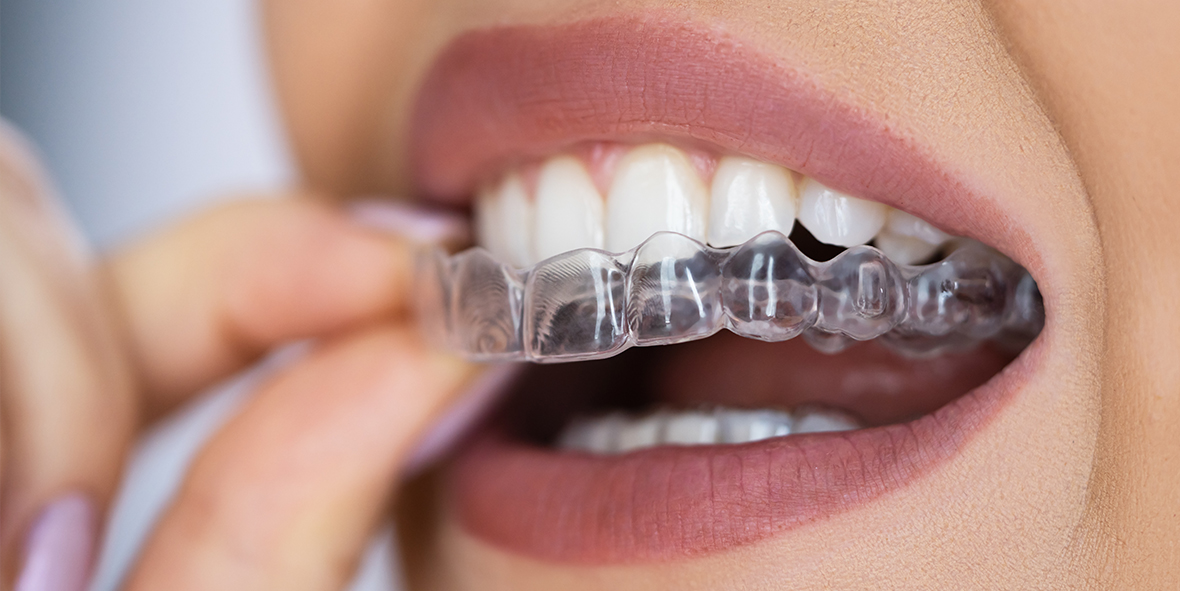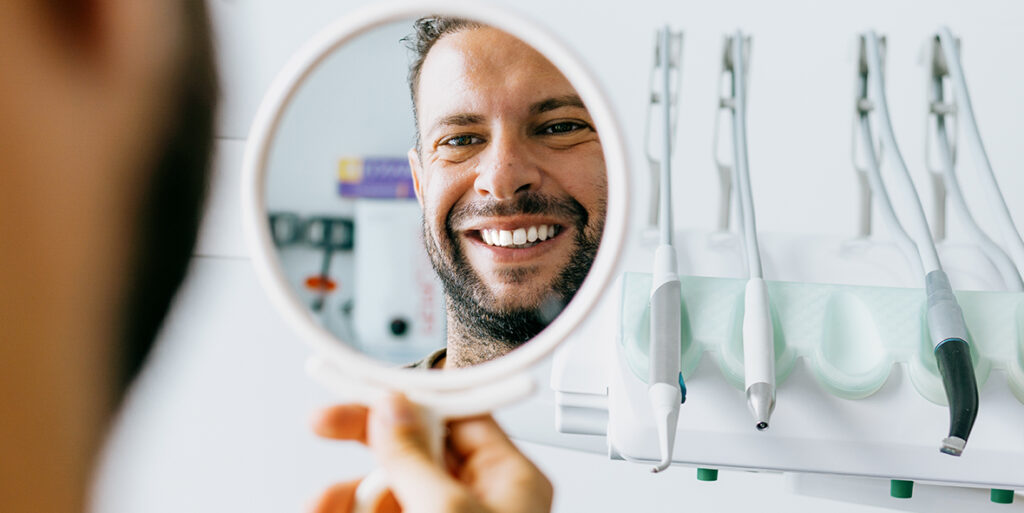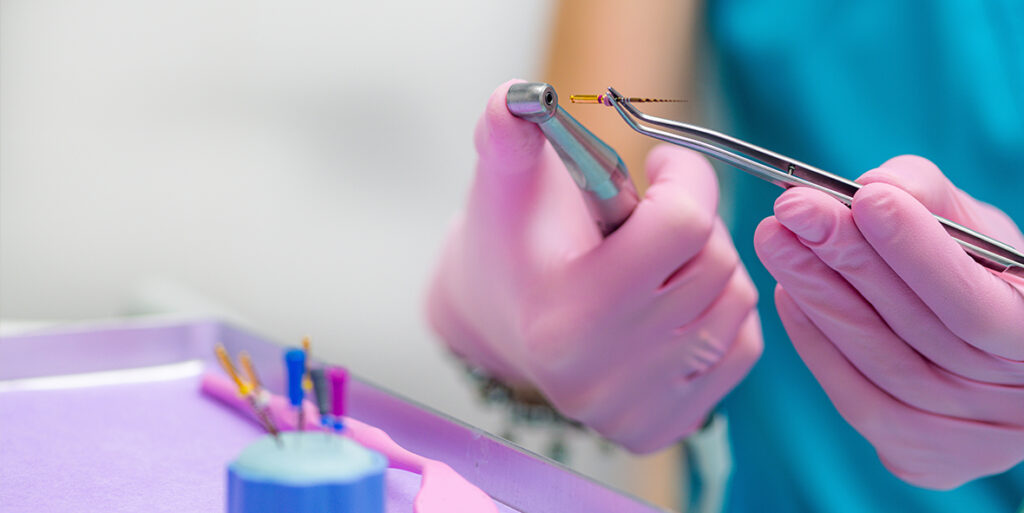Instructions for Using the Splint
ΤΗΛ : 210 8001303 – 210 8073715-6 ΤΗΛ: 210 5716872
Purpose of the Splint
The splint is designed to treat muscle dysfunctions and general disorders of the temporomandibular joint (TMJ) structures. Its primary purpose is to stabilize the bite, relieve strain on the TMJ, allow the jaw muscles to relax, and help prevent teeth grinding (bruxism).
Using the Splint
The splint may be used for a few weeks to several months, depending on the type and severity of discomfort. It should be worn primarily at night, though daytime use may be necessary in some cases.
Pothential Discomforts or other Issues
While the splint is carefully constructed, minor issues may arise during the initial adjustment period. You may feel that the splint is bulky or uncomfortable in the first 24 hours, possibly causing nausea or increased salivation. Due to its fit, it may also press on certain teeth, resulting in numbness, particularly in the morning. Some people may also experience occasional cheek biting. These symptoms typically disappear as you get used to wearing the splint. However, if any issues persist beyond 24 hours or if the discomfort prevents you from using the splint, contact your dentist for an adjustment.
It is common to notice a slight difference in your bite after removing the splint in the morning, as if your teeth do not fit together as usual. This is a normal result of muscle relaxation and is not cause for concern. In many cases, splint therapy is paired with minor bite adjustments to improve stability.
Splint Care
Using the splint requires maintaining good oral hygiene. Before placing it in your mouth, thoroughly brush your teeth. Although the splint is not used during meals, bacteria can still accumulate on it, so clean it daily with a toothbrush and toothpaste. When not in use, store the splint in water.
Important: Please bring your splint with you to each follow-up appointment throughout your treatment.




